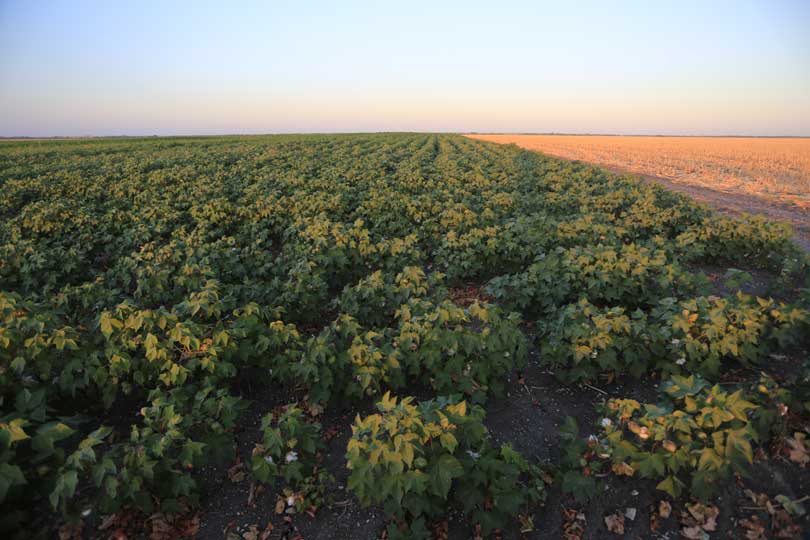By Justin Walker
Communications Specialist
The impact on cotton losses from 2018 hurricanes has not been fully realized, and economic growth and a cotton surplus has growers questioning market risks heading into 2019, according to a Texas A&M University professor and Texas A&M AgriLife Extension Service specialist.
It all comes down to supply and demand, Dr. John Robinson, professor and Extension specialist in cotton marketing, said. The November World Agricultural Supply and Demand Estimates (WASDE) report shows only partial losses from Hurricanes Michael and Florence. Robinson expects those figures to rise.
“I wouldn’t be surprised to have the next report and maybe the next two still whittle away at the U.S. production estimate as the USDA figures out how many bales were actually lost during the storm events,” he said.
Demand for cotton remains a concern for many, Robinson said.
“The demand for grain crops has been largely unaffected by things that affect cotton demand, mainly because there’s a growing class of people who are becoming wealthy in some of the developing countries,” he said.
Citizens of those countries typically improve their diets by focusing on grains and meats—and grain-fed meats—which helps those commodities, Robinson said. Cotton, however, doesn’t prosper from that economic development.
“Cotton is more of an industrial crop, and it’s related to retail purchases of apparel and home furnishings,” he said. “They’re discretionary items, and they go up and down with the economy.”
International politics have also hurt demand for cotton, Robinson said. Political upheaval in Turkey has disrupted trade for the country. And there’s China, whose trade situation with the U.S. includes tariffs on cotton and cotton-based apparel.
“Tariffs are a tax on consumers, which ultimately results in slower growth to the extent that the GDP is lower and cotton consumption is lower,” he said.
While demand may be declining, supply will be a different story.
“I think we’re going to plant just as much if not more cotton in 2019,” Robinson said. “That’s just because grain prices are lower relative to cotton prices—it favors cotton over wheat and cotton over feed grains. Soybean prices have collapsed and that may increase cotton plantings as a substitute in the Mid-South and in the Southeast.”
Weather conditions are forecasted as great for cotton growth, Robinson said.
“I’m worried about a supply response, which is economic code for weak prices as a result of excess supplies,” he said.
Click here for more information on cotton supply, demand and reducing risk.

